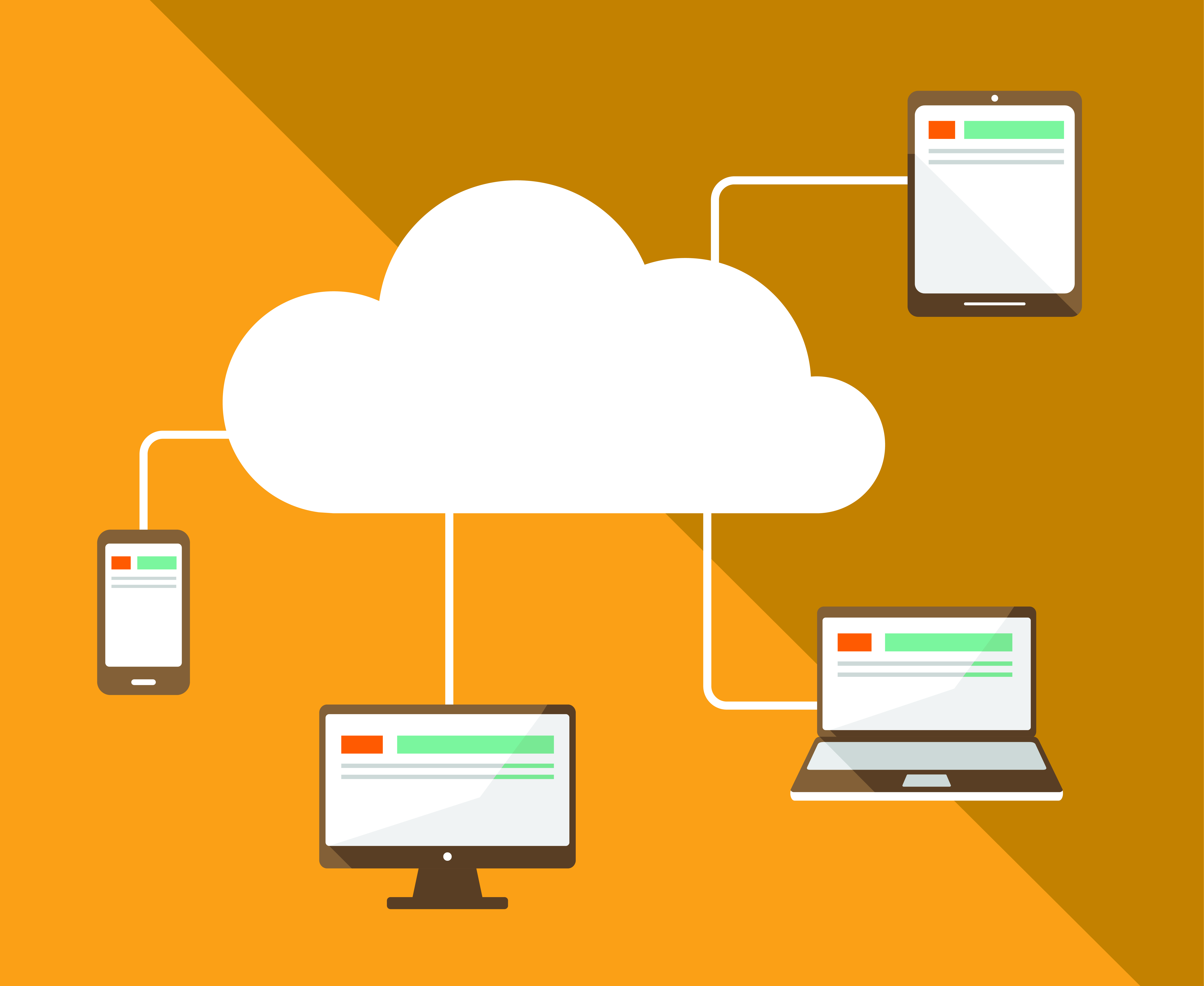
Any forward thinking business understands that you either back up your SaaS-based data or risk loosing employees, partners, and customers. On top of that, the service providers may not share the same commitment to the backups since they are not invested in the welfare of your business. While most vendors do their best to offer security via backups, there are still additional things that can be done to improve the security of data backups. Though most IT teams design a secure on premise infrastructure, it is common for some to presume that the role of backing up their SaaS application data falls entirely on the cloud provider. Your clients count on you to protect their data as you deliver trustworthy services however, organizations aren’t investing enough in protecting SaaS-based data. This soaring growth in SaaS usage generates a corresponding increase in the movement of data from on-premises to the cloud. SaaS adoption has sky rocketed across several industry verticals. Software-as-a-Service (SaaS) cloud solutions have become popular elements of a solid business technology strategy. It's difficult to follow the 3-2-1 rule in a cloud environment, but creating a backup within a cloud, and then replicating the backup to another cloud, sticks to the basic spirit of the 3-2-1 rule by maintaining multiple backup copies, stored in multiple locations.In todays data driven enterprise, the words ‘data loss’ sends shivers down the spine of decision makers, and hearing them typically kindles images of client outrage, work stoppages and PR nightmares.

The 3-2-1 rule stated that there should be three copies of an organization's data, stored on two different media types, with one copy residing offsite. Back in the days of on-premises backups, organizations often adhered to the 3-2-1 rule. The other reason why the cross-cloud backup replication method is preferable to a simple cloud-to-cloud backup is because it provides an extra layer of protection. Performing a cross-cloud recovery can be a very time-consuming process depending on the available bandwidth and the volume of data that needs to be restored. If a restoration operation were to become necessary, then the data could be restored much more quickly if the backup resides within the same cloud (or even the same datacenter) as the resource that's being restored.

Even so, there are two big advantages to replicating backups across clouds rather than simply creating cloud-to-cloud backups.įirst, the replication method maintains a backup copy in close proximity to the resources that are being protected. Cloud-to-cloud backups are less expensive and less complex than creating a backup within a cloud and then replicating the backup to a different cloud. This approach allows resources within one cloud to be backed up to another cloud. This allows the backups to remain safely insulated against any sort of cloud-level failure or breach.Ī more commonly used, but less effective, option is to perform a cloud-to-cloud backup. One of the best ways to alleviate this risk is to replicate your backups to another cloud. If a cloud provider's entire infrastructure were to be somehow compromised, then backups would be lost along with the workloads that those backups were protecting. This approach does protect backup data against a failure within the cloud datacenter where the protected resources reside, but is doesn't protect against a cloud-level failure.

Most of the major cloud providers give their subscribers the option of storing backups in another region.


 0 kommentar(er)
0 kommentar(er)
